Mediatek to list Subsidiary
Dafa provides Bluetooth devices to Sony (SNE), Apple (AAPL), Xiaomi (1810.HK) and JBL (pvt[1]) among others and a 10% stake in the company was sold to a group of VCs for NT$650/share, which was the largest semiconductor deal in the Taiwan VC world over the last few years. Given 145m shares, the valuation for that transaction would be ~$3.3b US. The Emerging Market listing is expected in May or June.
[1] JBL is owned by Harman International, who is owned by Samsung.

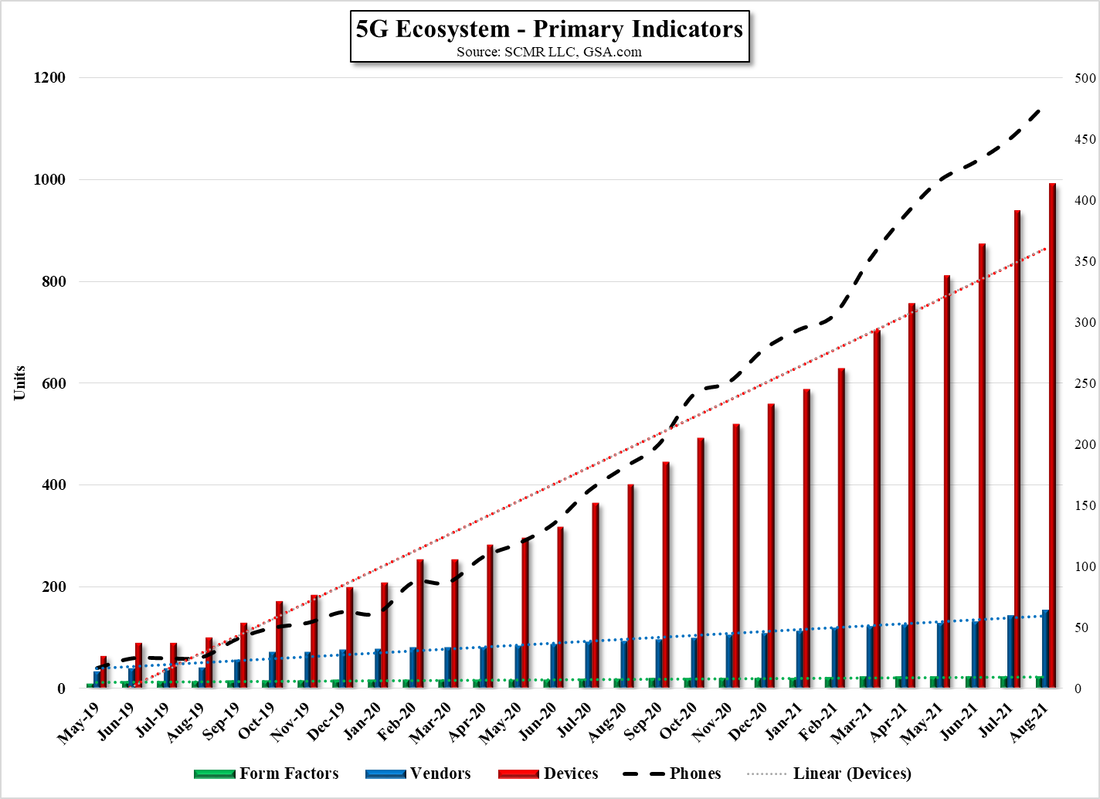
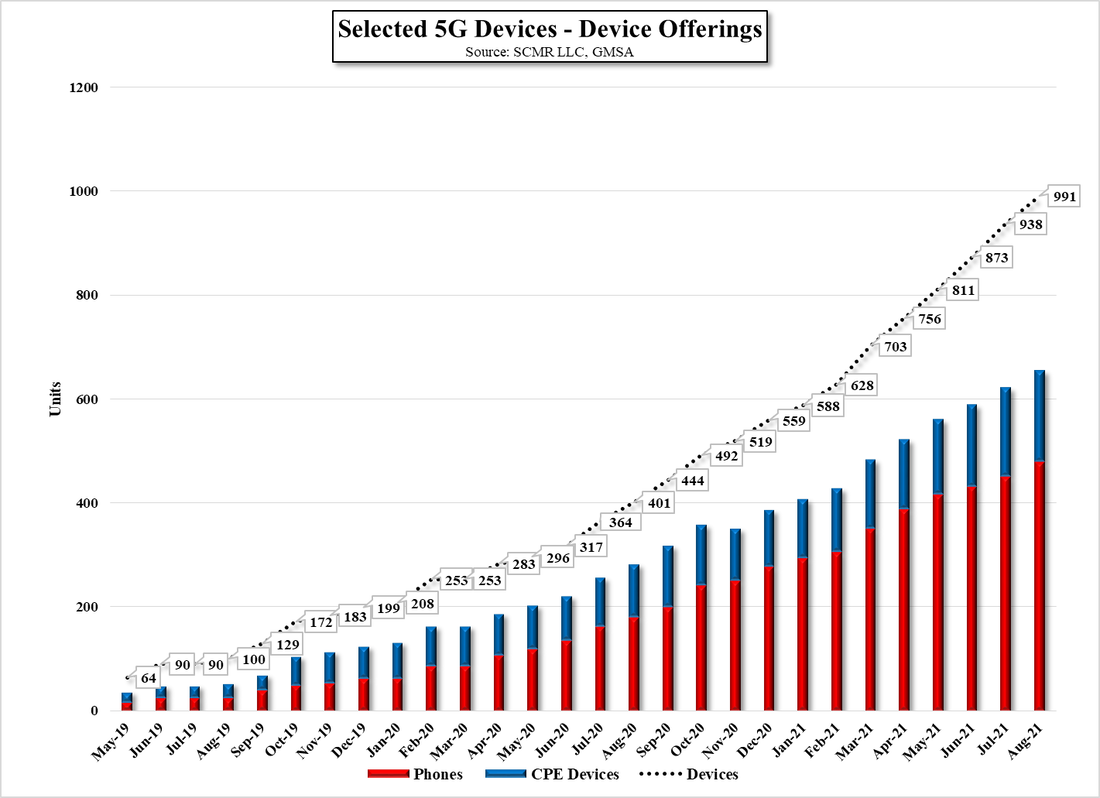
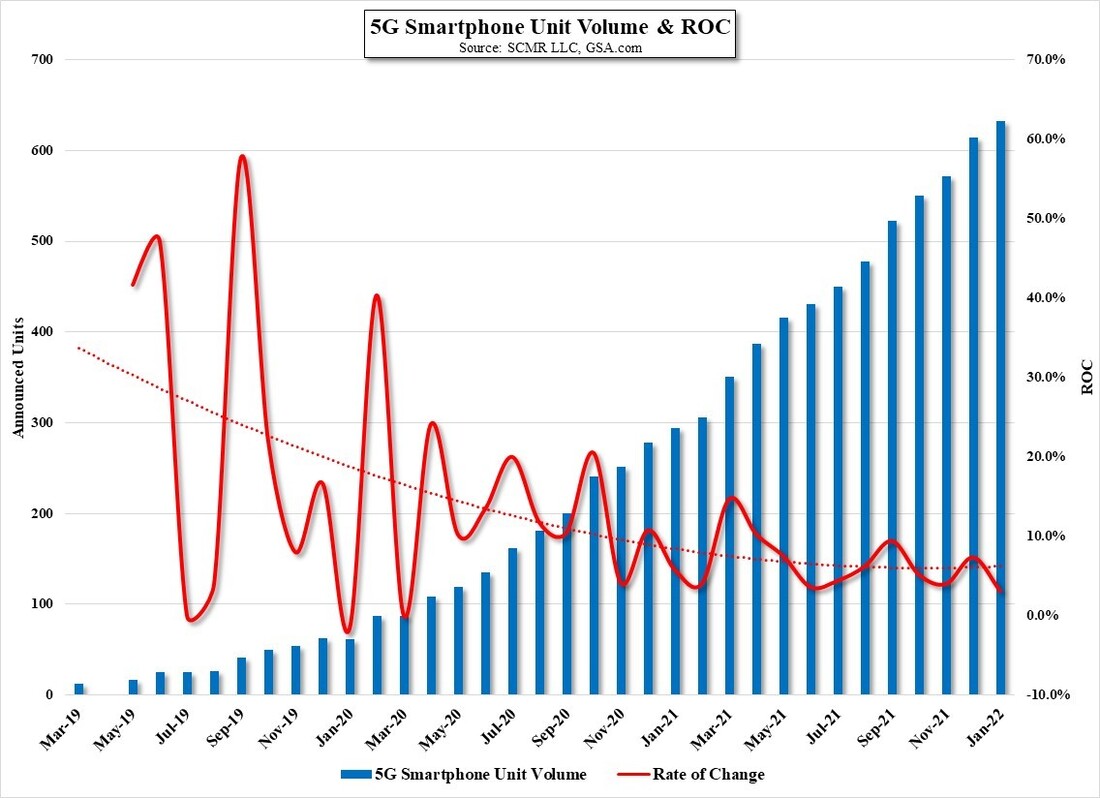
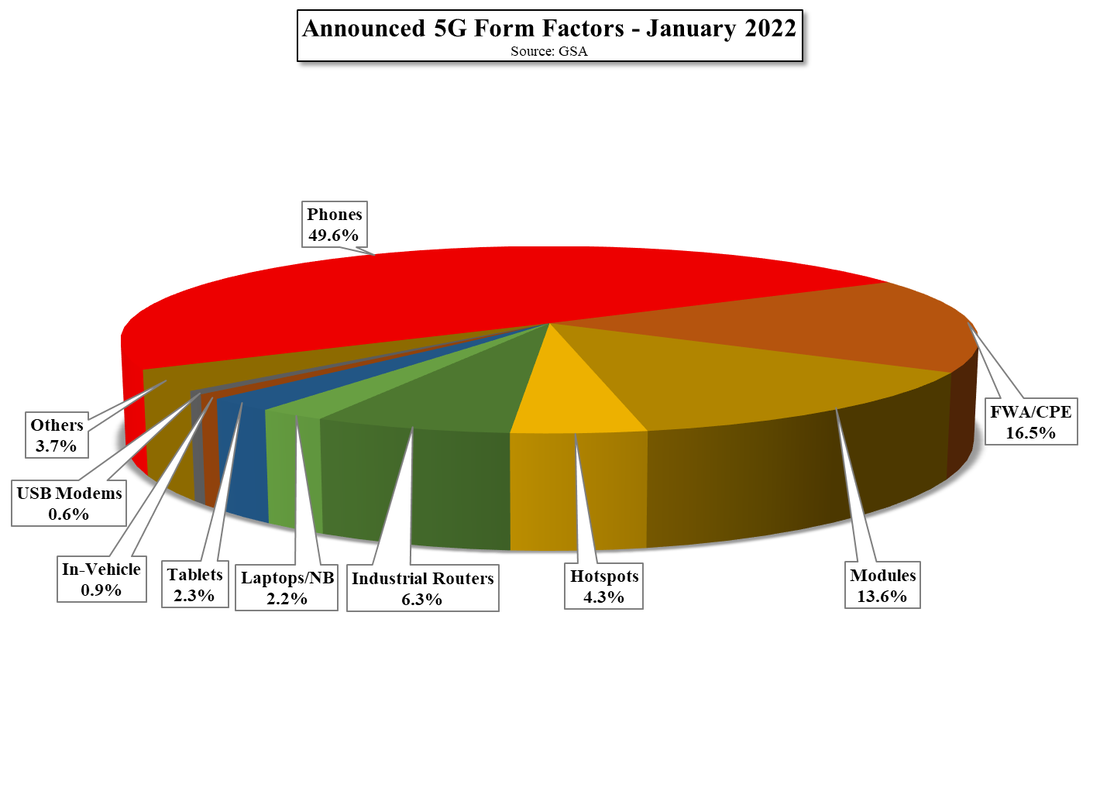





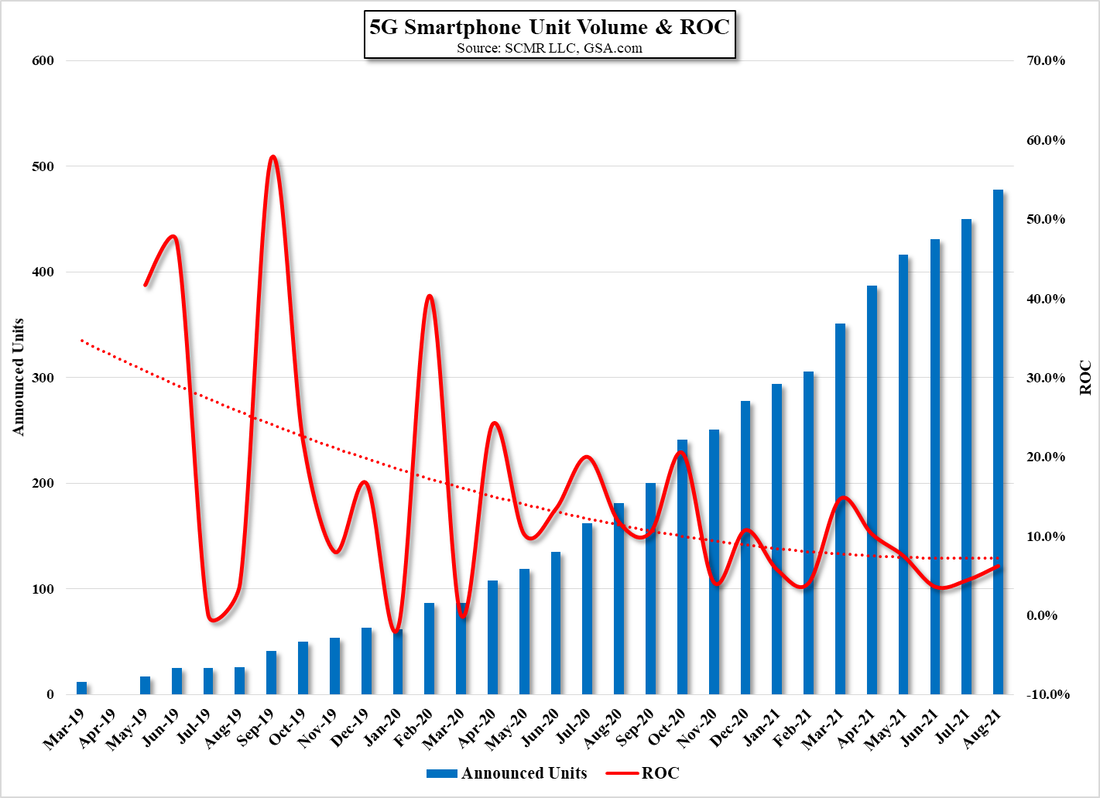
 RSS Feed
RSS Feed